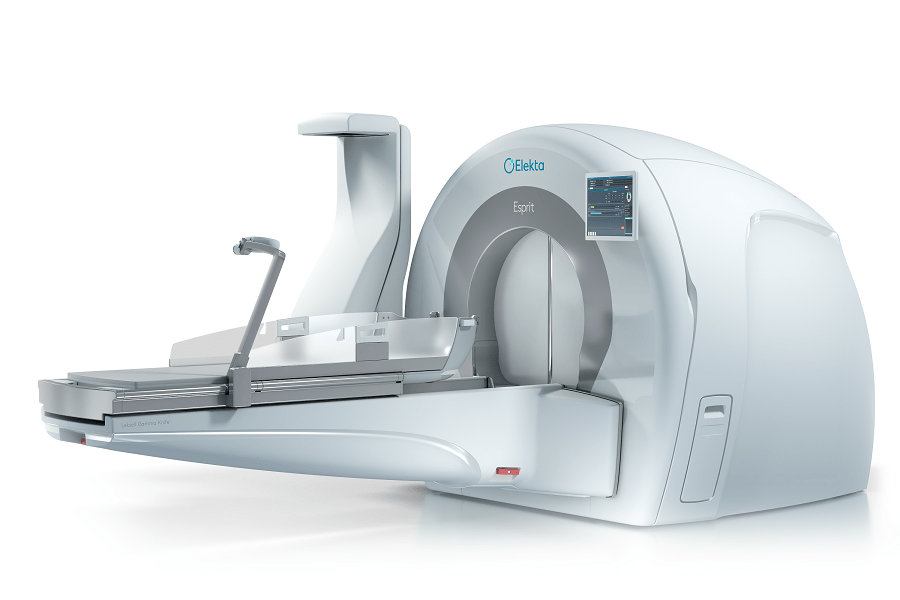
Swedish neuroscience company Elekta has secured the US Food and Drug Administration (FDA) 510(k) approval for its new Leksell Gamma Knife radiosurgery platform, Elekta Esprit.
The company designed the Leksell Gamma Knife technology as an alternative, milder option to open surgery and conventional radiotherapy.
The technology can target the smallest and most challenging intracranial tumours and lesions with minimal effect on healthy tissue.
It comes with a vital precision feature that protects motor, sensory and neurocognitive functions to help protect the mind and the person, said the Elekta.
With the FDA approval, the Elekta Esprit radiosurgery platform can be accessed by clinicians and patients in the US, along with other countries that recognise FDA approval.
Elekta Neuroscience Solutions president Verena Schiller said: “It’s very inspiring to hear how patients treated with Gamma Knife are able to maintain their quality of life and go back to what they love doing after radiosurgery.
“Thanks to the very low dose delivered outside the target, it’s able to protect surrounding healthy tissue. Esprit takes Gamma Knife to the next level with improvements in both the patient and user experience.”
The new version of Elekta Esprit comes with several new features in a single platform to provide clinicians with frameless or frame-based workflows for superior visualisation.
Its remote accessibility and collaboration tools for the treatment team are designed to address the needs of changing environments.
Also, the system provides the accuracy to treat even the most challenging targets while delivering a mild and more personalised approach to radiosurgery, said Elekta.
According to the company, Leksell Gamma Knife has more than 50 years of clinical evidence and remains the gold standard of intracranial radiosurgery.
The continuous update in the design has enabled Esprit to offer fast automated treatment planning for clinicians and safely treat a broad range of indications
Elekta Esprit can be used to treat indications including multiple metastases, arteriovenous malformations, trigeminal neuralgia, and vestibular schwannoma.






